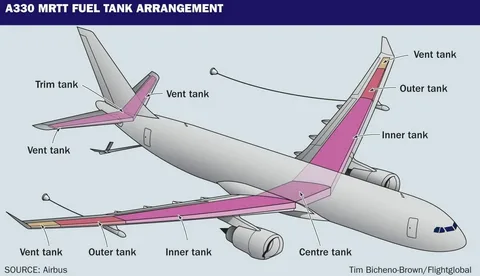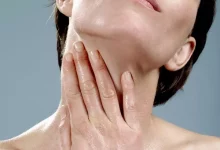Mastering Aircraft Drawing: Techniques and Tips for Aviation Enthusiasts

Aviation enthusiasts are often drawn to the intricate details and sleek designs of aircraft, finding joy and satisfaction in capturing the essence of flight through artistic expression. Mastering the art of aircraft drawing is a journey that combines technical skill with creative vision. In this comprehensive guide, we will delve into various tips, techniques, and practices to help aviation enthusiasts enhance their aircraft drawing skills and create captivating artworks that showcase the beauty of aviation.
1. Understanding Aircraft Anatomy
1.1 Study Aircraft Anatomy
Before putting pencil to paper, it’s crucial to have a deep understanding of aircraft anatomy. This includes familiarizing yourself with the different components of an aircraft such as the wings, fuselage, empennage, engines, landing gear, and other intricate parts. A thorough knowledge of aircraft anatomy forms the foundation for creating accurate and realistic drawings.
1.2 Reference Images
Utilizing reference images is key to improving the accuracy and detail in your aircraft drawings. Collect reference images of aircraft from various angles, both in-flight and on the ground. Pay attention to details like proportions, shapes, surface textures, and panel lines. These reference images serve as a visual guide and enhance your understanding of the aircraft’s structure and design.
2. Tools and Materials
2.1 Pencils and Erasers
Invest in a range of high-quality pencils suitable for sketching and shading. Different grades of pencils such as HB, 2B, and 4B offer varying degrees of darkness and texture. Additionally, use premium erasers for precise corrections and highlights, ensuring a clean and polished finish to your drawings.
2.2 Paper Types
Selecting the right paper is essential for aircraft drawing. Choose smooth, heavyweight paper with a fine texture that is suitable for pencil work. The paper should be durable to withstand multiple erasures and smudging, allowing you to create detailed and refined drawings.
2.3 Drawing Aids
Consider using drawing aids such as rulers, compasses, and French curves to achieve precision in your lines and curves, especially when drawing technical details like aircraft wings, engines, and control surfaces. These tools help maintain accuracy and consistency in your drawings.
3. Sketching Techniques
3.1 Basic Shapes
Begin your aircraft drawings by sketching basic shapes such as circles, ovals, and rectangles to outline the main components of the aircraft. This initial sketching phase helps establish the overall composition and proportions of the aircraft.
3.2 Proportion and Perspective
Pay close attention to proportion and perspective when drawing aircraft. Ensure that each part of the aircraft relates realistically to the whole, considering factors like foreshortening and vanishing points for accurate perspective.
3.3 Detailing
Gradually add details to your aircraft drawings to enhance realism and depth. Focus on adding features like windows, doors, engines, landing gear, antennas, and panel lines. These details bring life to your drawings and showcase the complexity of aircraft design.
4. Shading and Texturing
4.1 Light and Shadow
Understand the principles of light and shadow to create realistic shading and highlights in your aircraft drawings. Determine the light source and visualize how light interacts with different surfaces of the aircraft. Use shading techniques like cross-hatching and stippling to depict shadows and highlights effectively.
4.2 Texture Techniques
Experiment with texture techniques to add depth and realism to your aircraft drawings. Use hatching and cross-hatching to create texture on surfaces like metal, glass, and fabric. Vary the pressure and direction of your pencil strokes to achieve different textures and finishes.
5. Practice and Patience
5.1 Regular Practice
Consistent practice is key to improving your aircraft drawing skills. Dedicate regular practice sessions to sketching different aircraft types, perspectives, and details. Challenge yourself with varying complexities of aircraft designs to expand your artistic abilities.
5.2 Patience and Perseverance
Be patient with your progress and embrace mistakes as learning opportunities. Mastery in aircraft drawing takes time and persistence. Analyze your drawings critically, identify areas for improvement, and strive to refine your techniques with each drawing.
Conclusion: Elevating Your Aircraft Drawing Skills
Mastering aircraft drawing is a fulfilling and rewarding pursuit for aviation enthusiasts. By honing your understanding of aircraft anatomy, using the right tools and materials, practicing sketching techniques, mastering shading and texturing, and maintaining patience and perseverance, you can elevate your aircraft drawing skills to new heights. Let your creativity take flight as you capture the beauty and intricacies of aviation through your artistic expressions.








